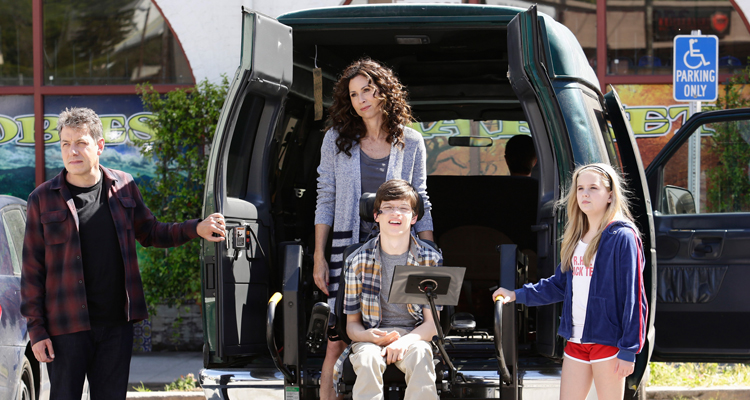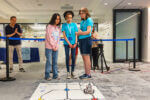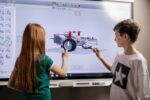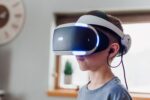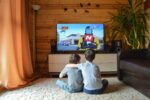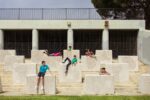Speechless, a new sitcom that recently premiered on ABC, takes a comedic approach to portraying the family and school life of a teenage student with cerebral palsy. The student, JJ DiMeo, is played by Micah Fowler, who himself overcomes daily the challenges presented by cerebral palsy. He hopes to help viewers to see beyond the disability to the real person while representing the special needs community and making his fellow students with cerebral palsy proud.
What is noteworthy about this show is that it demonstrates the independence and ability of a student with cerebral palsy to learn and be treated the same as other students. Depending on the severity of the disability and the available provisions of the school, students with cerebral palsy are able to incorporate learning aids and technology in order to achieve academic success.
When it comes to cerebral palsy, there are varying degrees of physical manifestations. According to the Cerebral Palsy Foundation, here are a few statistics in relation to how students are affected.
- One in three is unable to walk.
- One in five cannot talk.
- One in two lives with chronic pain.
- One in ten has severe vision impairment.
Especially since every student with cerebral palsy is different, accommodations and modifications enable students to continue their education along with their friends and peers. Here are a few examples of how schools can equip and assist students with cerebral palsy.
For those who are non-verbal, eye tracking devices use infrared technology to communicate words and phrases, giving a voice and facilitating communication. Communication boards also enable a student to relay messages and words without having to speak. In Speechless, JJ uses one of these boards on his wheelchair and in his room to communicate with his family and school.
Augmented and Alternative Communication (AAC) devices and strategies range from extremely simple to cutting edge technology. They include such things as brain-computer interfaces, speech generating devices, and a variety of software and apps which help to facilitate communication.
In addition to assisting with communication, considerations should be made for mobility concerns. Accessibility issues such as ramps must be addressed, and not by using garbage ramps in the back of the school as seen in the Speechless pilot episode. For those students using wheelchairs or walkers, spaces wide enough to accommodate easy movement and flow should be provided in the classroom.
Another factor that educators must consider is allowing for absences. Students with cerebral palsy are likely to have many doctor or therapy appointments, which may mean missed time at school or lack of time for homework. Flexibility in otherwise strict requirements in these areas is often necessary.
Often, a traditional brick-and-mortar school may not be the best environment for a student with cerebral palsy. Online education is a growing approach to schooling, which enables students with varying special academic needs to continue and excel in their education.
As seen in Speechless, students with cerebral palsy should have the same opportunities as every other student, and through some assistance and support from the school and family, they can overcome limitations and excel as a student. Looking at each student individually and meeting the unique needs and challenges presented, as a community of educators we can work to help all students, regardless of backgrounds and experiences, to achieve academic success.
